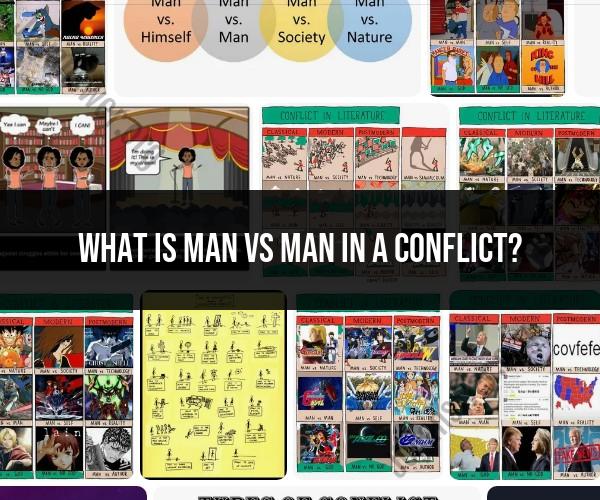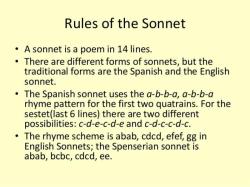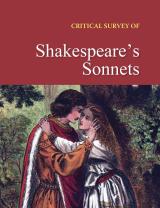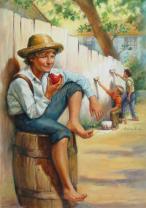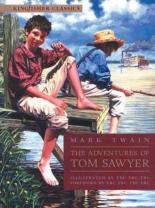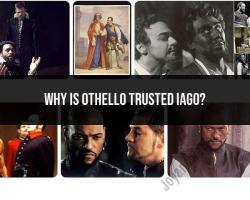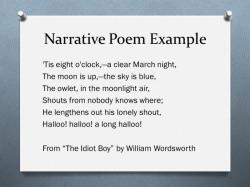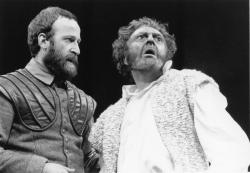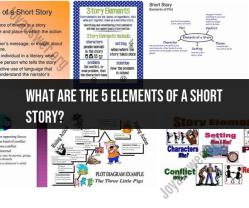What is Man vs man in a conflict?
"Man vs. Man" is a type of conflict that is a fundamental element in storytelling, particularly in literature and narrative fiction. It represents a conflict between two or more characters or individuals, where one character's goals, desires, or values are in direct opposition to those of another character. This type of conflict is driven by interpersonal, emotional, or ideological clashes between the characters. It often serves as a central source of tension and drama in the narrative.
Key features of "Man vs. Man" conflict include:
Opposing Goals or Desires: The characters involved have conflicting goals, desires, or needs. These goals can be tangible, such as a quest for the same treasure, or intangible, like a difference in moral values.
Emotional Tension: The conflict is not just about physical confrontations; it can also involve emotional struggles, such as jealousy, rivalry, or enmity.
Character Development: "Man vs. Man" conflicts often drive character development. Characters may evolve or change as a result of the conflict, and their growth is an essential part of the narrative.
Moral Dilemmas: The conflict may involve moral or ethical dilemmas, where the characters are forced to make difficult decisions based on their values and beliefs.
Resolution: The resolution of this conflict can take many forms, including one character overcoming the other, compromise, reconciliation, or tragedy where one character prevails while the other suffers a significant loss.
Examples of "Man vs. Man" conflict can be found in countless works of literature and popular culture. For instance, in William Shakespeare's "Romeo and Juliet," the central conflict is the feud between the Montagues and the Capulets, which ultimately leads to the tragic outcome for the young lovers. In J.K. Rowling's "Harry Potter" series, Harry's ongoing conflict with Lord Voldemort is a classic "Man vs. Man" scenario, representing a clash of ideologies and personal histories.
This type of conflict is essential for creating drama, suspense, and emotional engagement in a story, as it allows readers or viewers to connect with the characters and invest in their struggles and growth.
Exploring "Man vs. Man" conflict in literature and storytelling
"Man vs. Man" conflict is one of the most common and enduring types of conflict in literature and storytelling. It refers to a struggle between two or more characters, who may be motivated by opposing goals, beliefs, or values. "Man vs. Man" conflict can be external, involving physical or verbal confrontation, or internal, involving psychological or emotional struggles.
Examples of "Man vs. Man" conflicts in classic and modern literature
Here are some examples of "Man vs. Man" conflicts in classic and modern literature:
- Classic literature:
- Iliad: Achilles vs. Hector
- Oedipus Rex: Oedipus vs. Creon
- Romeo and Juliet: Montagues vs. Capulets
- Hamlet: Hamlet vs. Claudius
- Moby-Dick: Ahab vs. Moby Dick
- Modern literature:
- The Great Gatsby: Jay Gatsby vs. Tom Buchanan
- Of Mice and Men: George Milton vs. Lennie Small
- To Kill a Mockingbird: Atticus Finch vs. Bob Ewell
- The Lord of the Rings: Frodo Baggins vs. Sauron
- Harry Potter: Harry Potter vs. Lord Voldemort
The significance of interpersonal conflicts in narrative development
Interpersonal conflicts are significant in narrative development because they drive the plot forward and create suspense and excitement. They also allow authors to explore complex themes and relationships. For example, the conflict between Achilles and Hector in the Iliad explores the themes of glory, revenge, and war. The conflict between Jay Gatsby and Tom Buchanan in The Great Gatsby explores the themes of love, class, and the American Dream.
How "Man vs. Man" conflicts contribute to character development
"Man vs. Man" conflicts can also contribute to character development. As characters struggle against each other, they are forced to confront their own strengths and weaknesses. They may also learn new things about themselves and the world around them. For example, through his conflict with Moby Dick, Captain Ahab learns about the dangers of obsession and the importance of accepting one's fate.
Common themes and resolutions in "Man vs. Man" conflicts
Some common themes in "Man vs. Man" conflicts include good vs. evil, love vs. hate, and order vs. chaos. Some common resolutions include one character defeating another, the characters reaching a compromise, or the characters both being destroyed.
"Man vs. Man" conflict is a powerful and versatile tool that authors can use to create suspenseful, engaging, and thought-provoking stories. By exploring the complex dynamics of interpersonal conflict, authors can shed light on the human condition and the challenges we all face.
